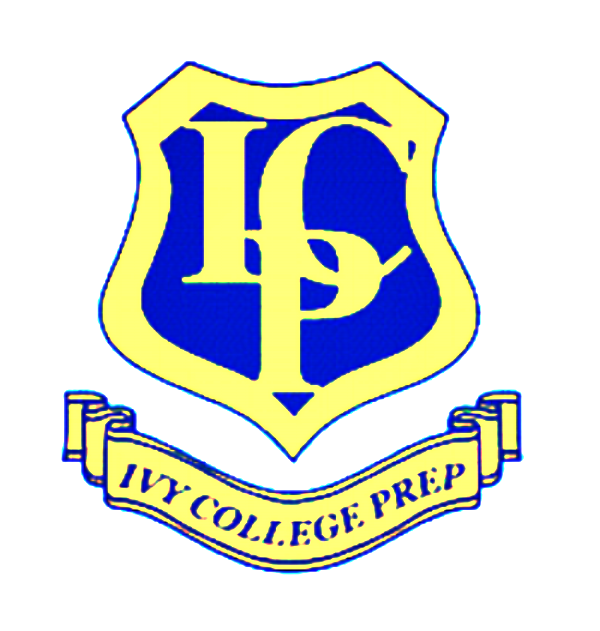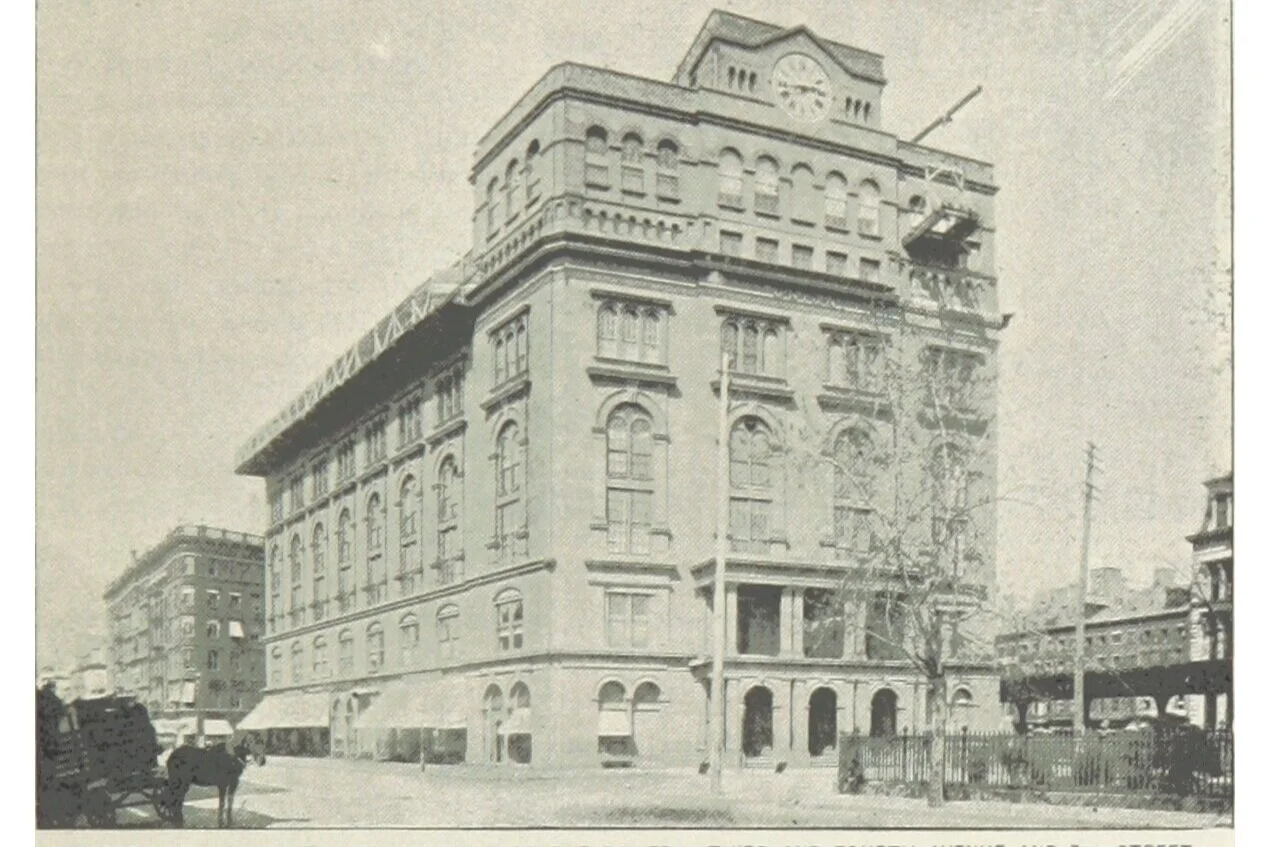If you want a solid alternative to the elite private college experience, without the $230,000 price tag, then public college honors programs warrant consideration.
Though honors programs within many public colleges have been around for years, including University of Michigan’s LSA Honors Program, and University of Virginia’s Echols Scholars Program, many students and their families are unaware of the opportunities honors programs provide.











